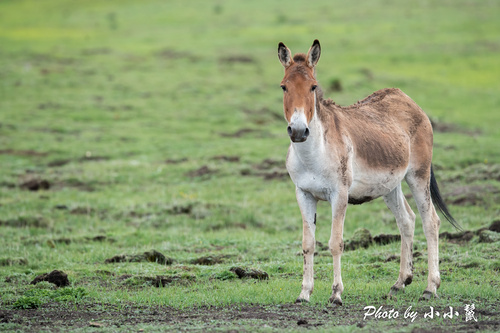
Kiang
The kiang, with its striking reddish-brown coat and bold dorsal stripe, thrives in the harsh Tibetan Plateau. As the largest wild ass, it forms vast herds, playing a vital role in grazing dynamics and ecosystem balance in its high-altitude grassland habitat.
249.48 - 399.16 kg
Weight
Length: 1.8288 - 2.1336 m; Height: 1.32 - 1.42 m
Size
Brown, Red, White, Chestnut
Color
2 years
Age of Sexual Maturity
1 year
Age of Weaning
Medium
Aggression
Least Concern
Conservation Status
Stable
Population Trend
Characteristics
Equus kiang, known as the kiang, is the largest of the wild asses, native to the Tibetan Plateau. It boasts a robust body, a reddish-brown coat with a white underbelly, and a distinct dark dorsal stripe. They form large herds and are adapted to high-altitude grasslands.
Distribution Range of the Kiang
Equus kiang, commonly known as the kiang or Tibetan wild ass, is native to the high-altitude regions of the Tibetan Plateau in Asia. This species is found primarily in China (Tibet, Qinghai, Xinjiang), and also in parts of India (Ladakh and Sikkim) and Nepal.
Kiang's Habitat
Environmental Conditions
The kiang inhabits alpine and subalpine regions at elevations ranging from 2,700 to 5,300 meters. The climate in these areas is harsh, characterized by cold temperatures, strong winds, and low oxygen levels. The landscape is typically composed of open grasslands, steppe, and desert habitats with sparse vegetation.
Ecological Niche
The kiang is adapted to grazing on tough grasses and shrubs that are prevalent in its high-altitude environment. It plays a significant role in the ecosystem as a grazer, influencing the composition and structure of plant communities. The kiang's ability to thrive in such extreme conditions is due to its physiological adaptations, such as a large lung capacity and efficient thermoregulation.
Copyright @ Nature Style Limited. All Rights Reserved.
 English
English